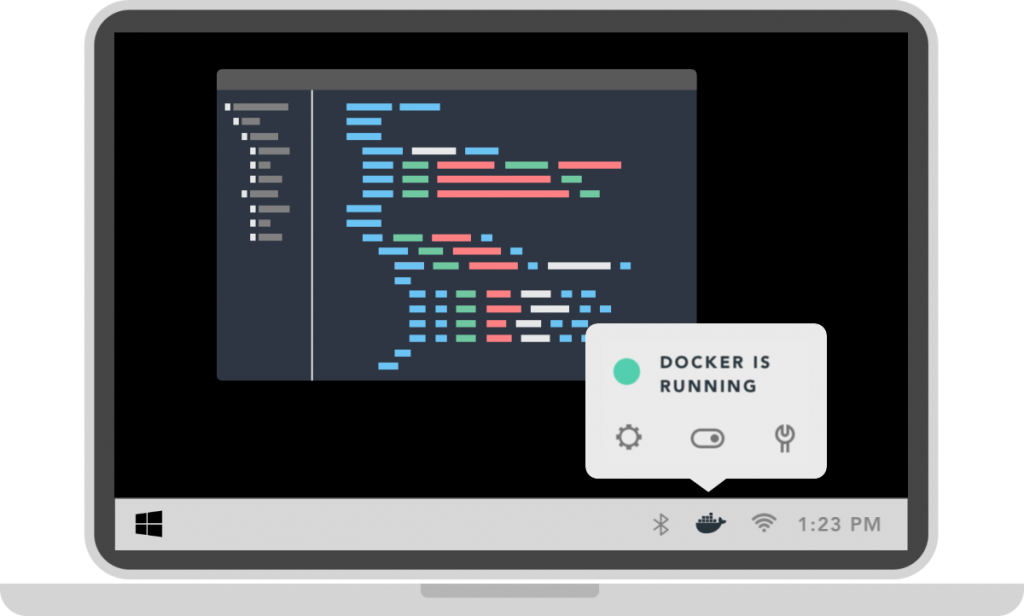Believe it or not, Microsoft started shipping Linux with Windows as of June 2017, meaning you can run Linux applications from Windows as the second iteration of the Windows Subsystem for Linux (WSL 2). While it’s primarily aimed at developers, Windows users will find WSL 2 to be a Linux environment from the comfort of a familiar desktop without any virtualization taking up extra resources. This is Linux running as a process on your Windows machine.
At this time, it’s still a new initiative and a work in progress, so it’s subject to change. If you try to push it too far too soon, you’re likely to encounter a bug or two, but if you’re just looking to get started with Linux, learn some commands, and get a feel for getting serious work done in a text-based environment, WSL 2 may be exactly what you need.

How to use it
WSL doesn’t yet have a clear pathway or purpose, but it provides a Linux environment on your Windows machine. You get root access and can run Linux distributions and applications, so it’s an easy and seamless way to learn. However, even though WSL is Linux, it’s not exactly a typical Linux experience. It’s Linux provided by Windows, and that’s not what you’re likely to encounter in the real world. WSL is a development and educational tool, but if it’s available to you, then you should use it.

